Psychology
Psychology is the scientific study of mind and behavior. Many people are fascinated by human behavior. Why do we act the way we do, and how is our behavior influenced? By measuring behavior, you can discover and understand a lot about human life, and what drives humans. Dive into developmental psychology, parent-child interaction, mental disorders research, and emotion analysis.

How does communication with strangers develop?
Various factors contribute to shaping social-emotional developmental trajectories, such as familiarity of the interaction partner, the child’s age, but also individual predispositions, such as temperament.
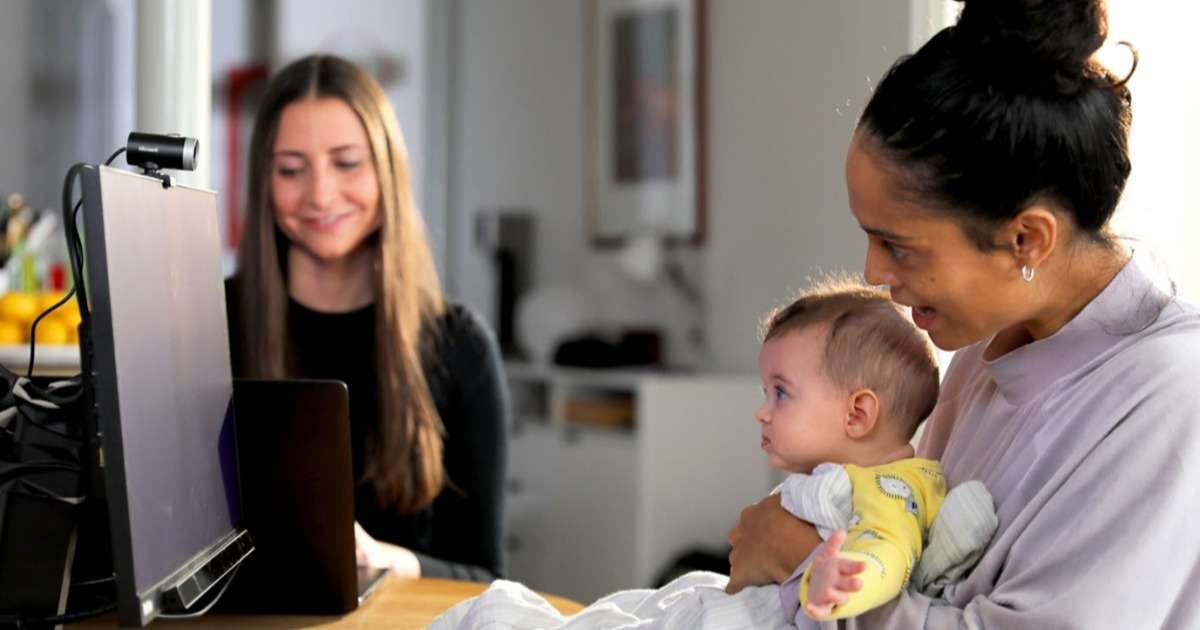
3 Examples of eye tracking lab set-ups
Can you imagine, in the 19th century the study of eye movements for instance was done by means of direct observations? Luckily, nowadays eye tracking can easily be automated.
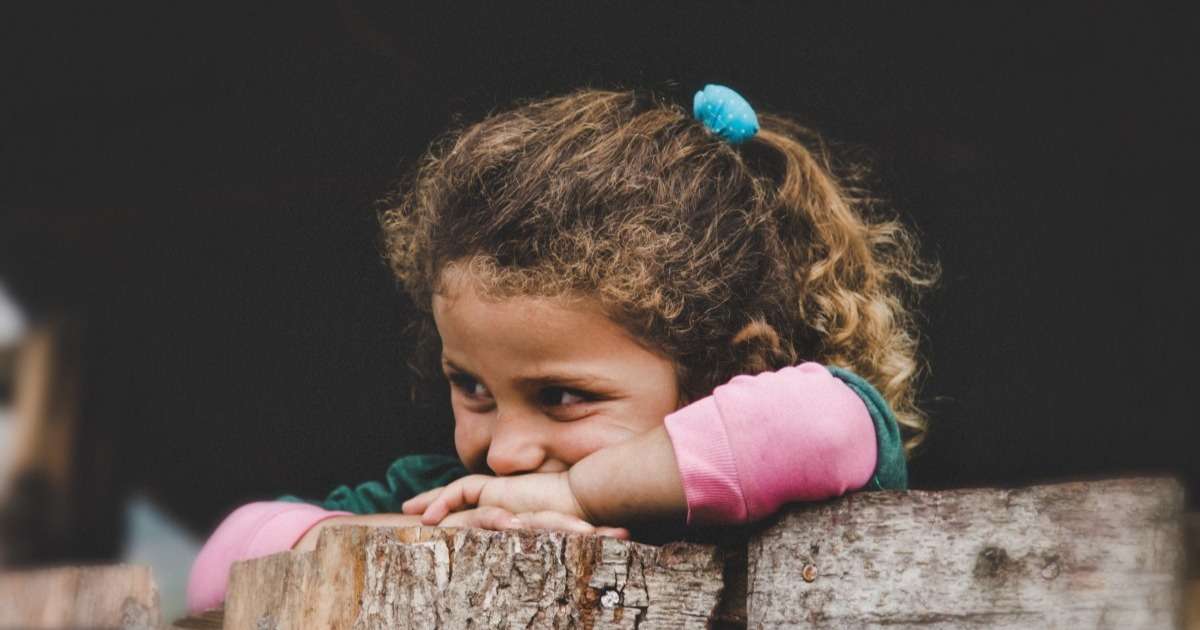
Designing a behavioral coding scheme to identify complex trauma
In order to contribute to the development of diagnostic tools and a better understanding of the effects of complex trauma, Ana Granados and her team proposed a new coding scheme and tested its validity.
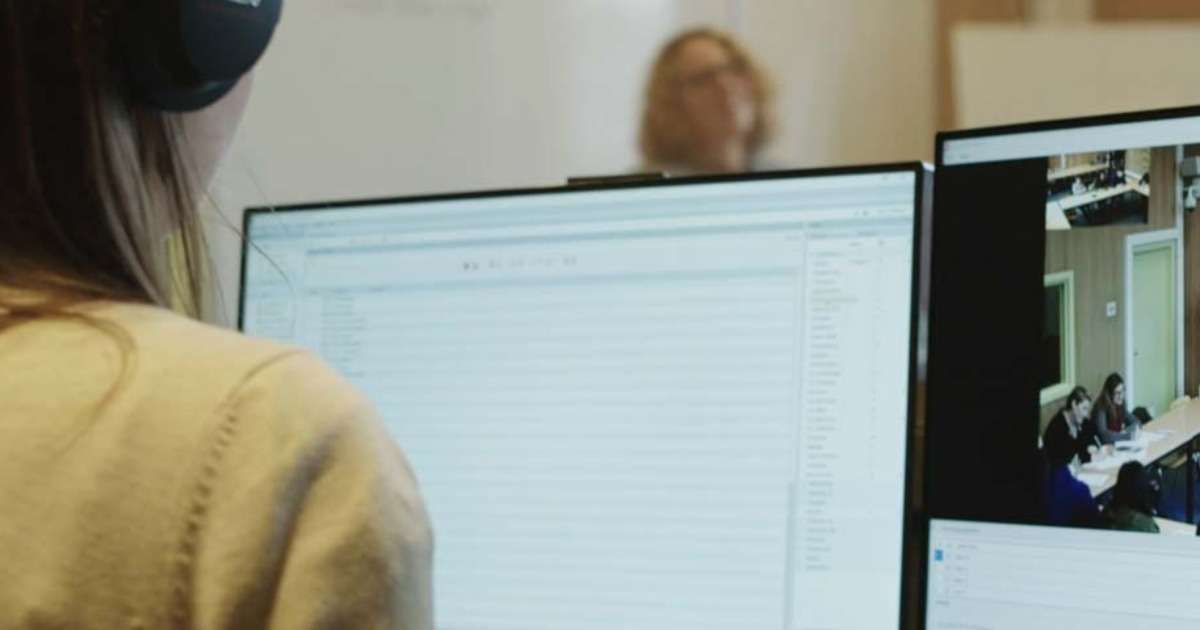
Unobtrusive observations
Would you like to learn more about how to build an AudioVisual lab? Check out this ‘how to’ guide! Read tips & tricks to learn more!
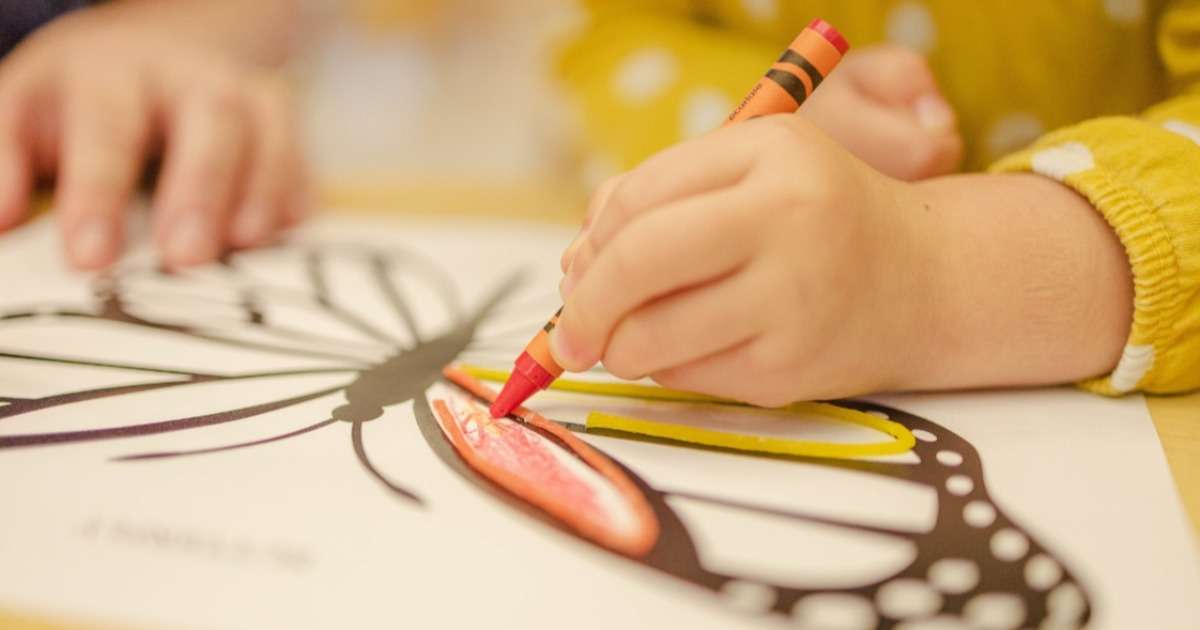
Early infant behavior development of hand preference
There are many reasons to study the development of hand preference in infants. For one thing, being left-handed can be an advantage in one-on-one sports such as tennis.
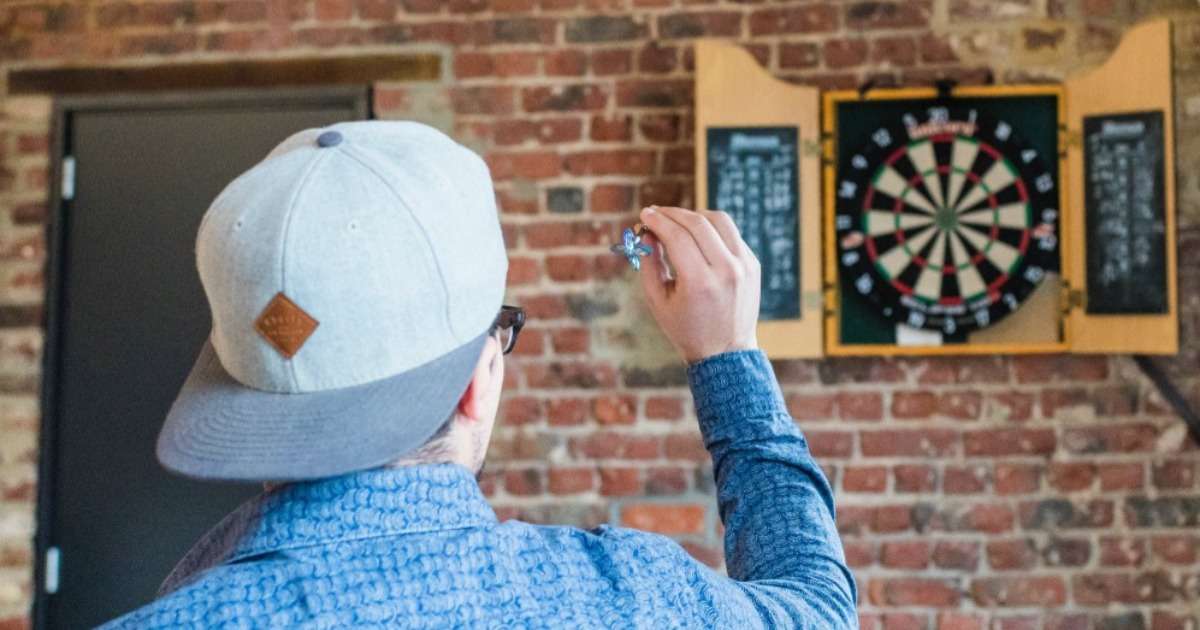
Predicting behavior from non-verbal communication
Suppose a darts player is ready to throw a dart while showing a smile on his face. Would he hit the attempted number of points as opposed to missing the shot if he looked grumpy? Research has been done to figure this out.

Parent-child interaction – research in a lab and on-site
Early in life, children are not capable of filling out a complete questionnaire or talking to an interviewer.
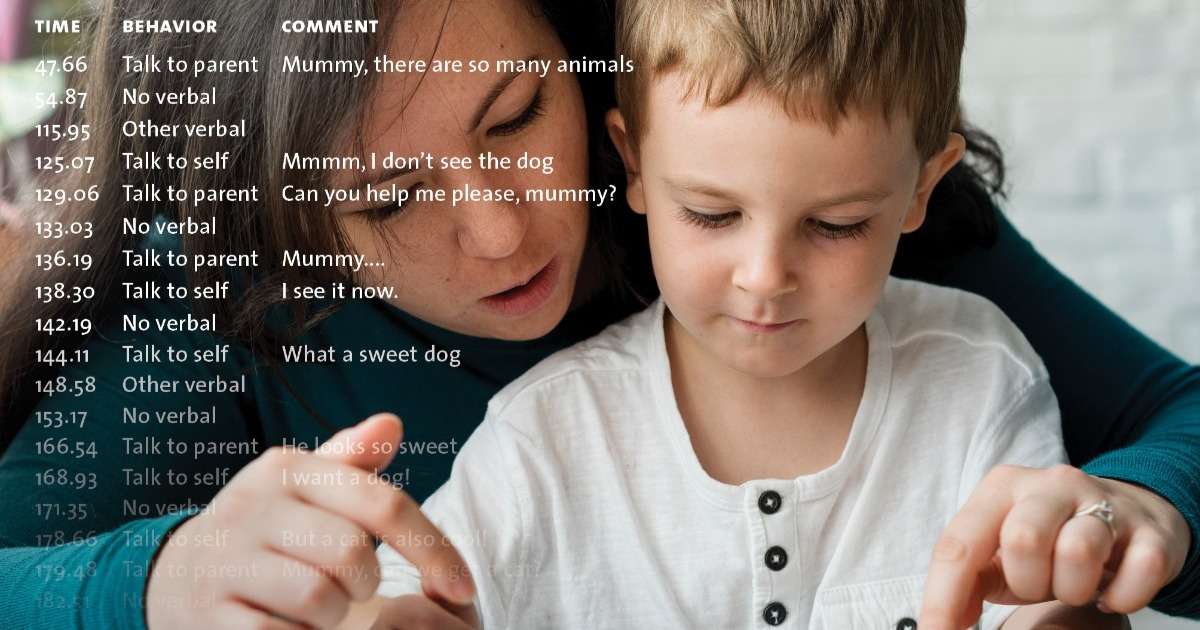
7 tips to make coding behavioral data more fun
Coding behavioral data helps to understand what your data represents. But let's face it, it isn't much fun to do and it takes a lot of time. Here are 7 tips to make the coding process more effective.

How to collect high quality data in an observation lab
Controlled conditions and accurate data recording are key in scientific success. A stationary observation lab provides these controlled conditions while allowing scientists to observe test participants unobtrusively.
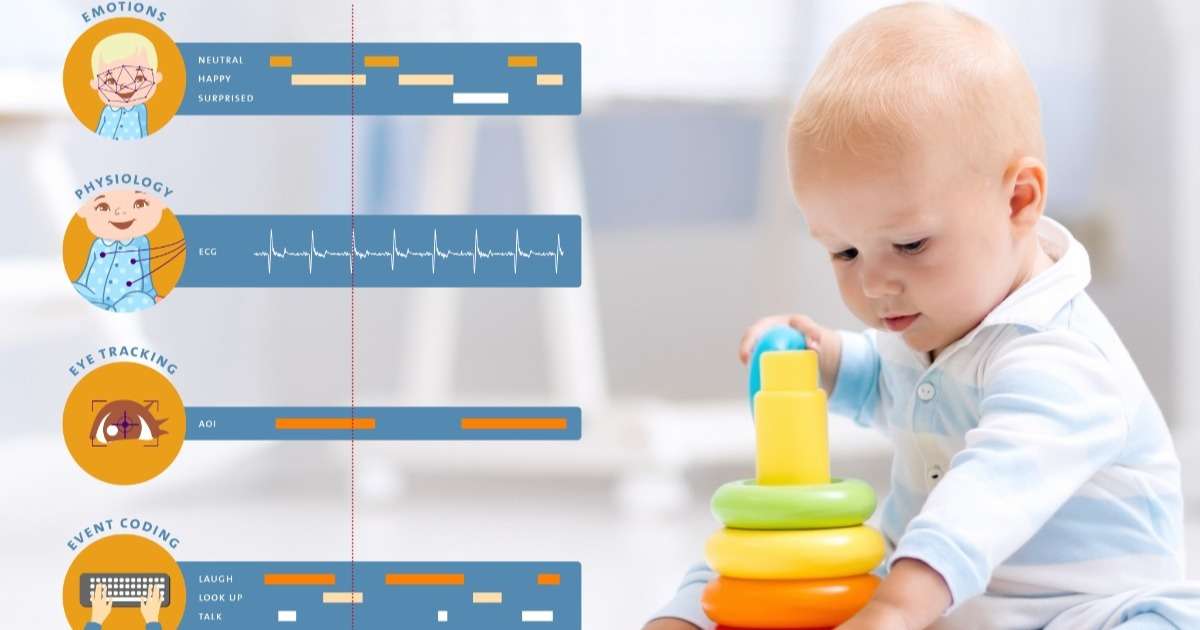
Anxiety and Autism
The EU-AIMS and AIMS-2-TRIALS projects have carried out some interesting studies teasing out the causes of anxiety in children with autism.
